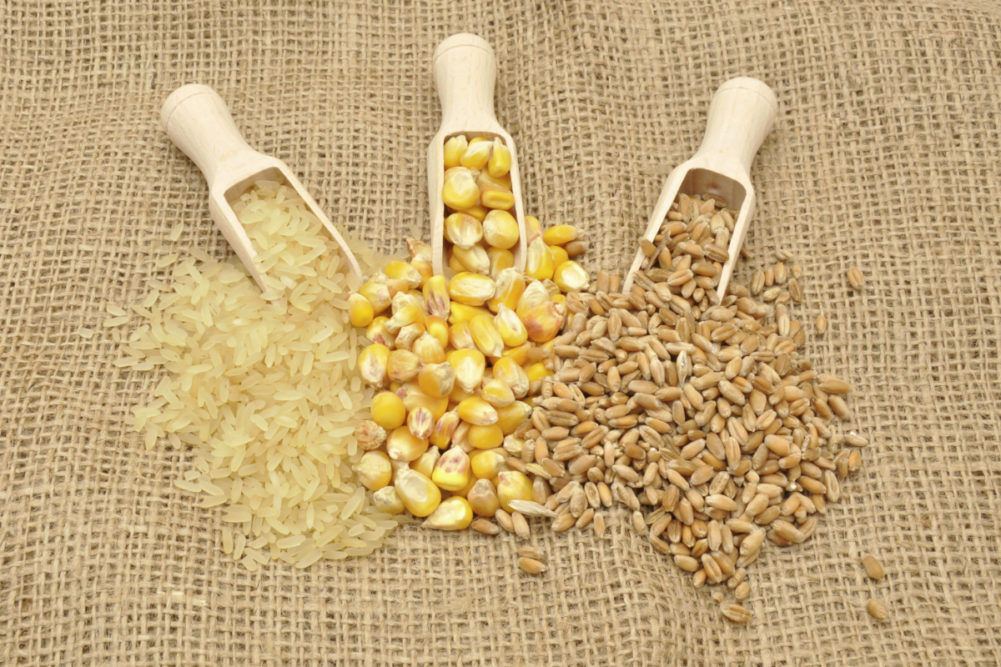ROME, ITALY — Global coarse grains and overall cereal production in 2023-24 are projected to reach record highs, according to the latest Cereal Supply and Demand Brief from the Food and Agricultural Organization (FAO) of the United Nations.
The report, released Feb. 2, pegs global coarse grains output at 1.532 billion tonnes, following a 12-million-tonne upward revision from the previous month. The bulk of the revision reflects new official data from Canada, China, Turkey and the United States, where a combination of higher yields and larger harvested areas than previously expected has led to higher corn production estimates. Total 2023-24 cereal production was revised upward by 13.2 million tonnes to 2.836 billion tonnes, an increase of 1.2% from 2022-23.
The FAO also raised its 2023-24 production estimate for wheat by 1.4 million tonnes to 788.5 million, which is still 2.2% lower than the 2022-23 total.
World cereal utilization in 2023-24 is forecast at 2.822 billion tonnes, up 8.9 million from the December forecast and surpassing the 2022-23 level by 1.2%, led by greater anticipated feed use, especially in the European Union as well as in Australia and the United States. Consequently, the 2023-24 global cereal stocks-to-use ratio is forecast at a comfortable level of 31.1%, exceeding the 2022-23 level of 30.9%, the report said.
Global trade in cereals in 2023-24 is now forecast to reach 480 million tonnes, up by 0.8% from the preceding year, led mostly by larger traded volumes foreseen for coarse grains while world trade in wheat and rice could decline, the FAO said.
The FAO Cereal Price Index declined by 2.2% from the previous month.
“Global wheat export prices declined in January driven by strong competition among exporters and the arrival of recently harvested supplies in the Southern Hemisphere countries, while those of maize (corn) fell sharply, reflecting improved crop conditions and the start of the harvest in Argentina and larger supplies in the United States,” the FAO said. “By contrast, price quotations for rice rose 1.2% in January, reflecting a strong export demand for Thai and Pakistani higher quality Indica rice and additional purchases by Indonesia.”
In a separate report, the FAO Food Price Index, which tracks monthly changes in the international prices of a set of globally traded food commodities, averaged 118 points in January, down 1% from December and 10.4% from its corresponding value a year ago.





